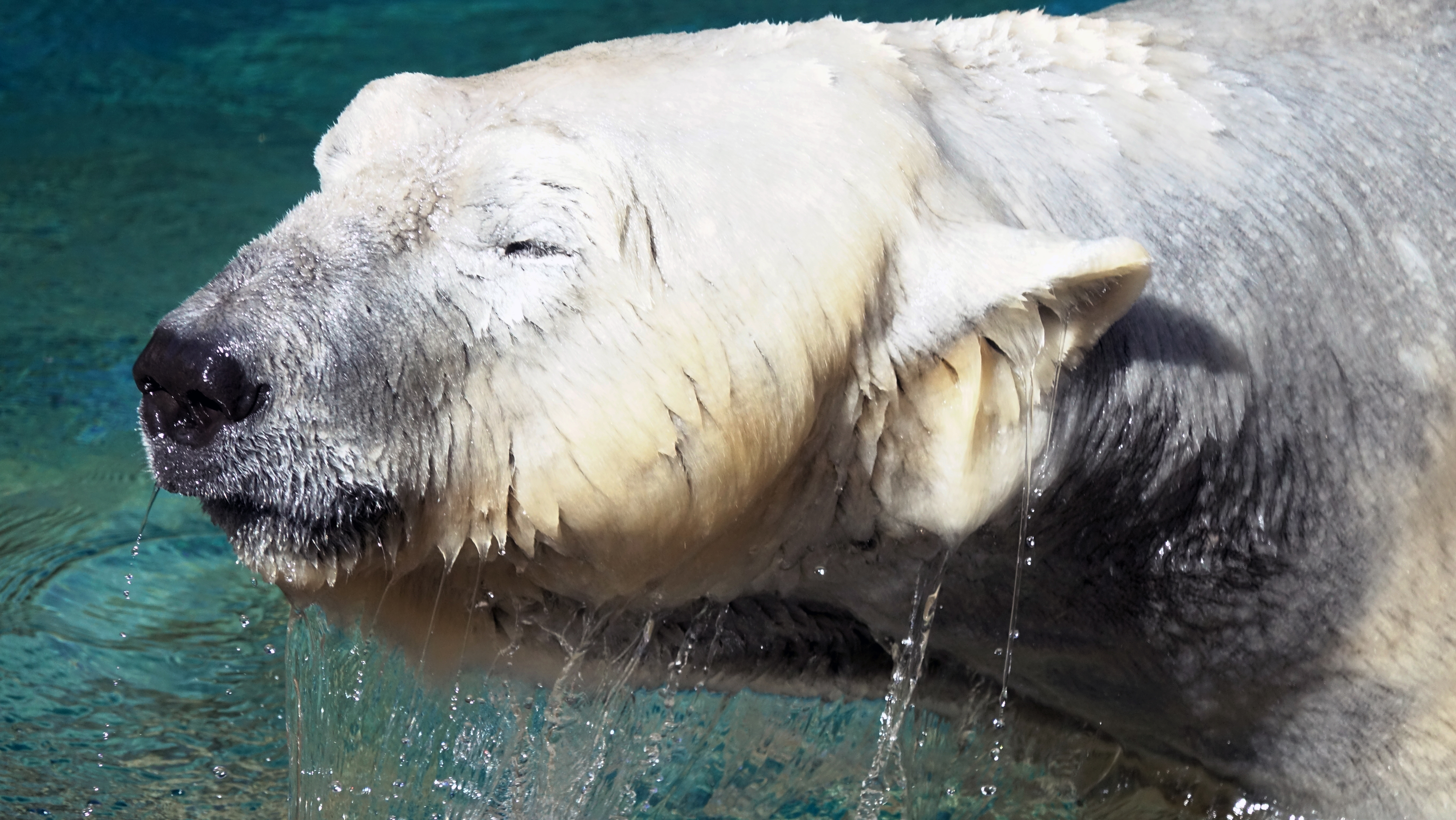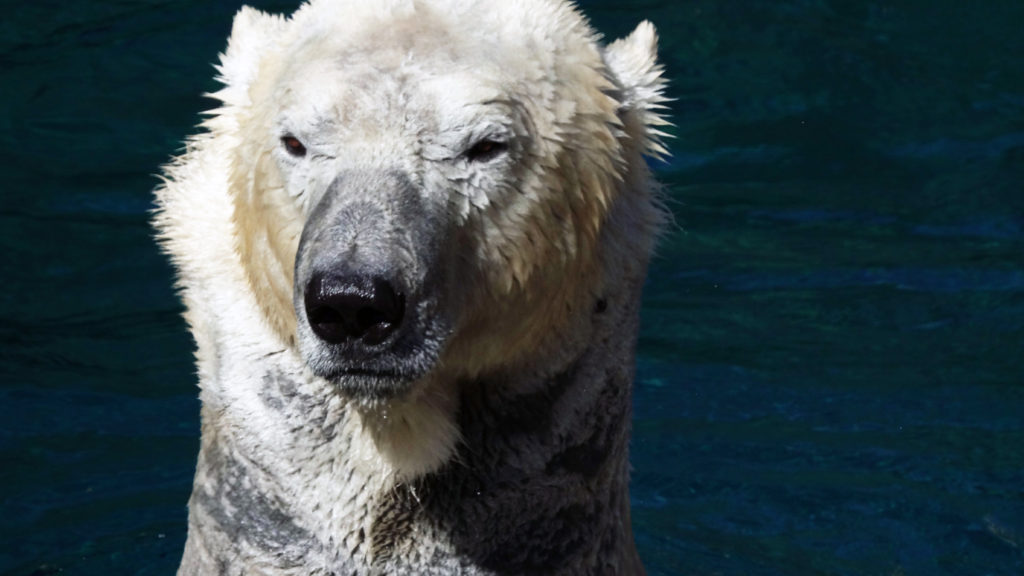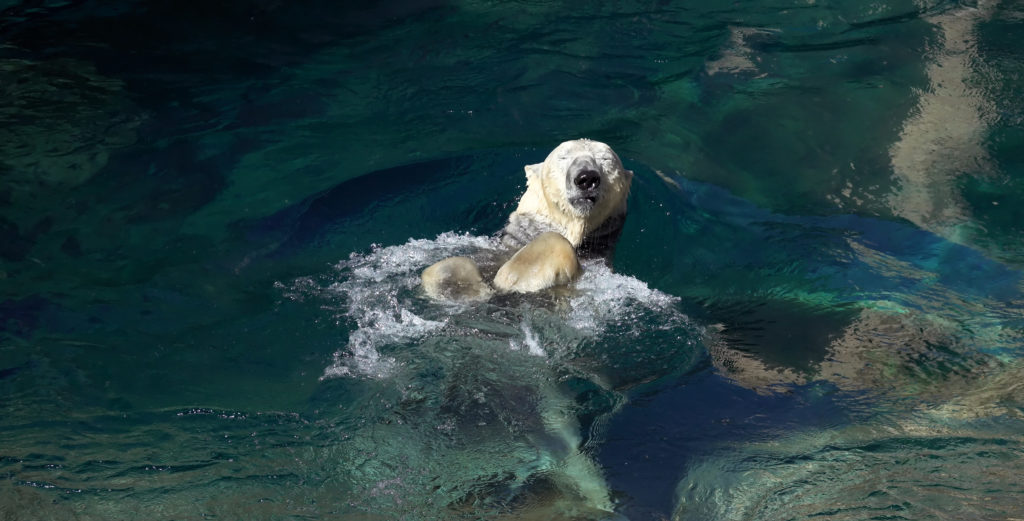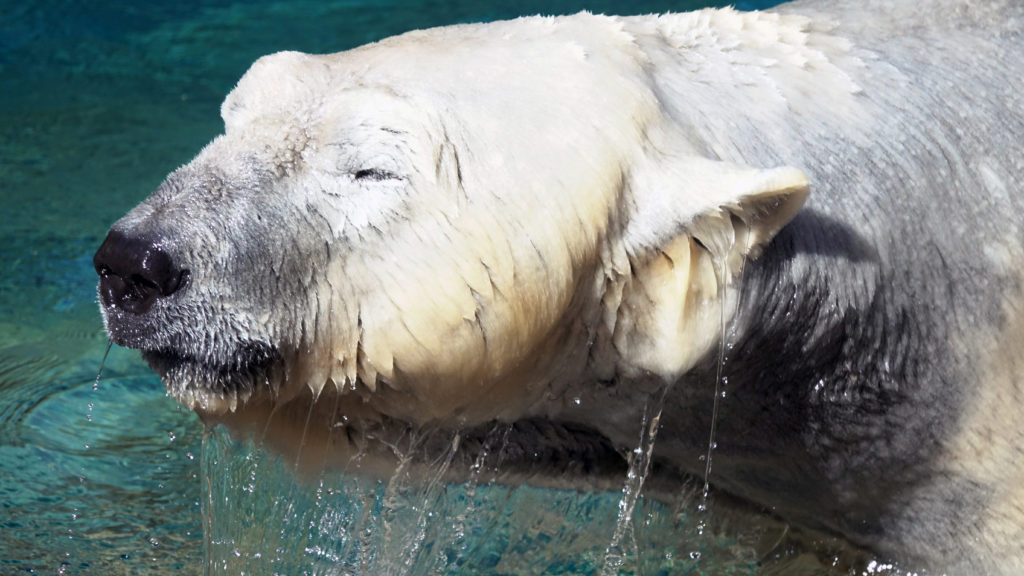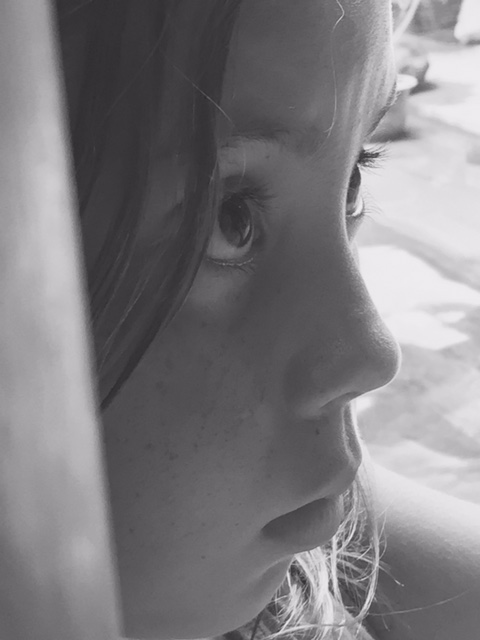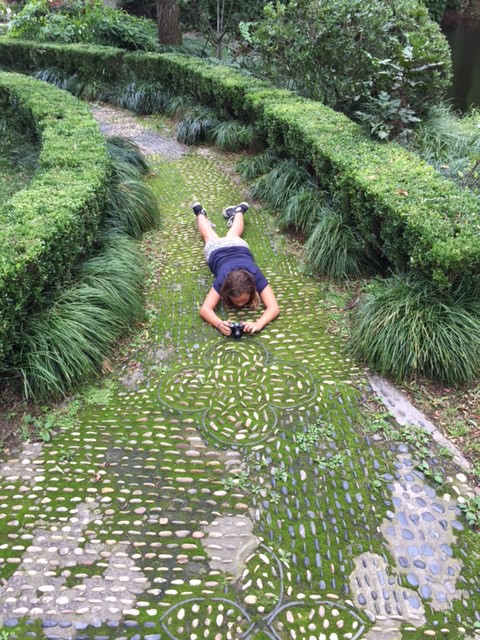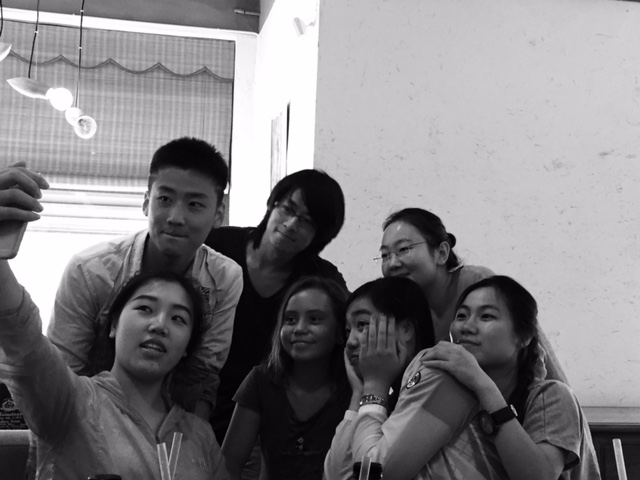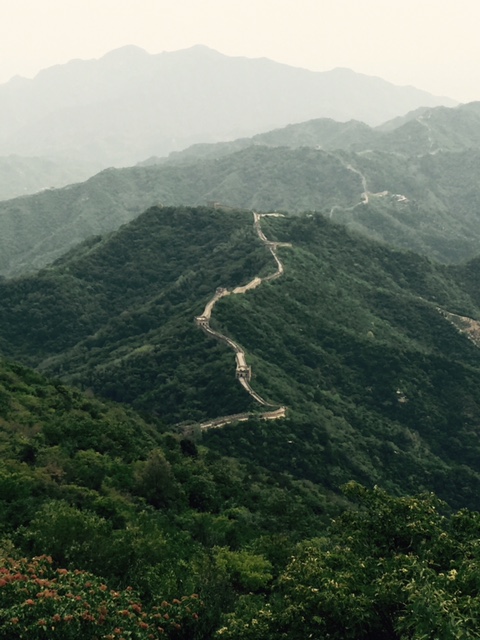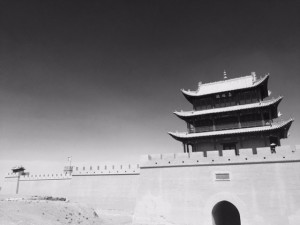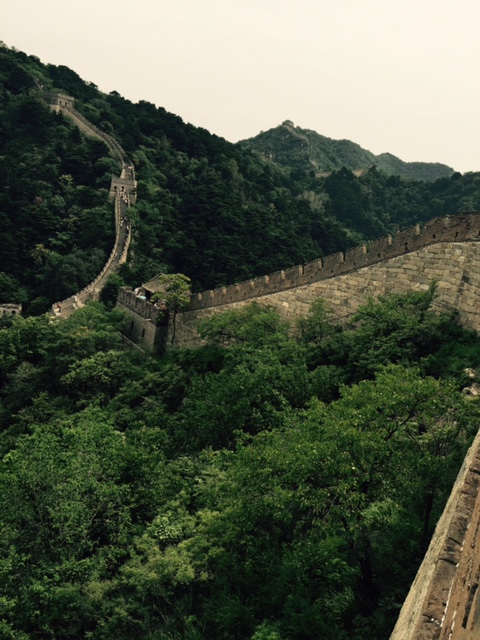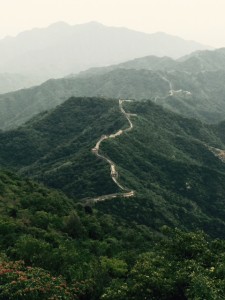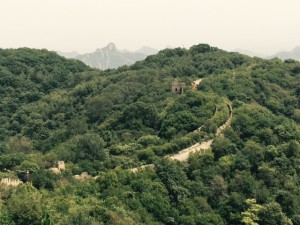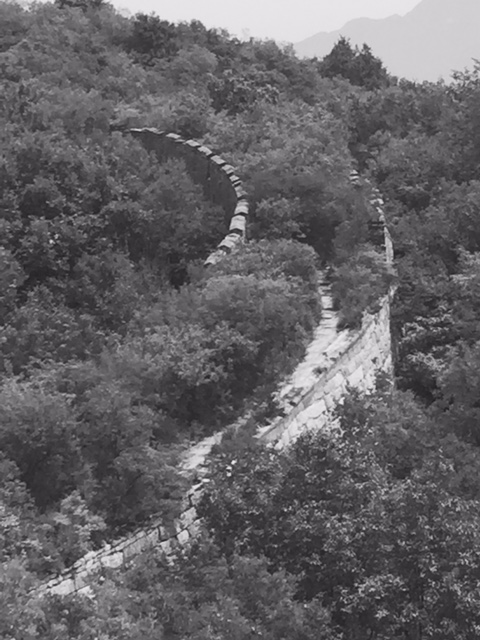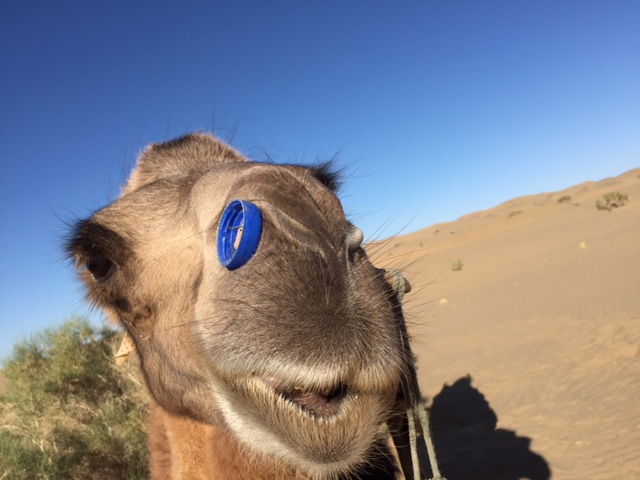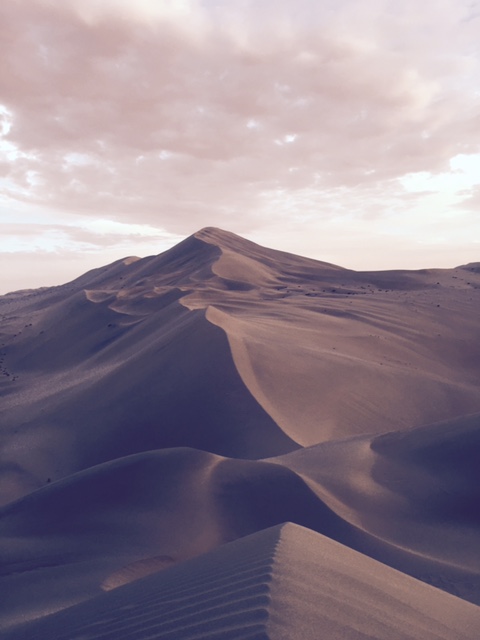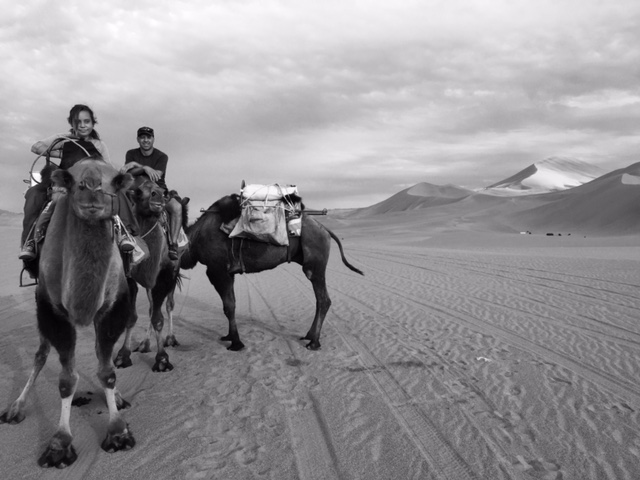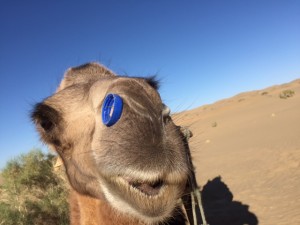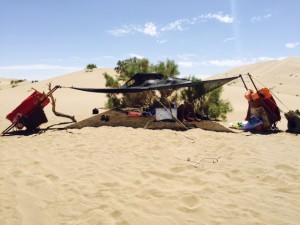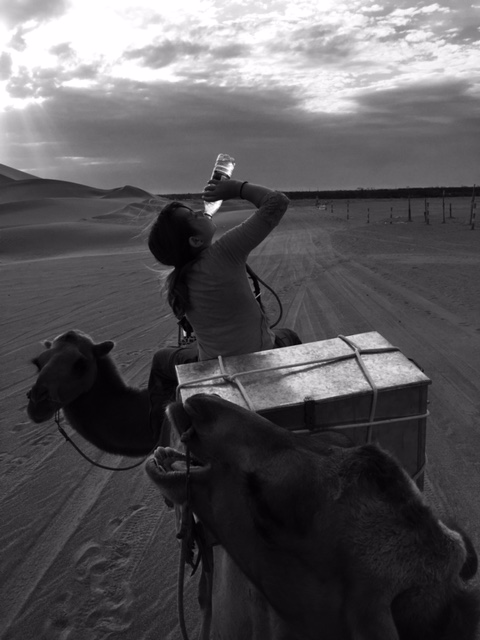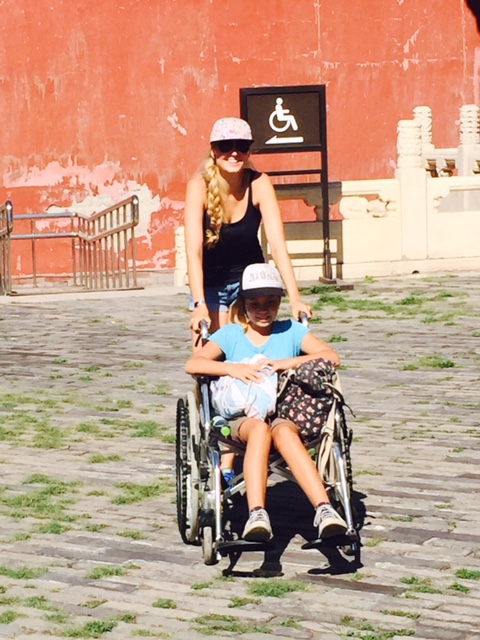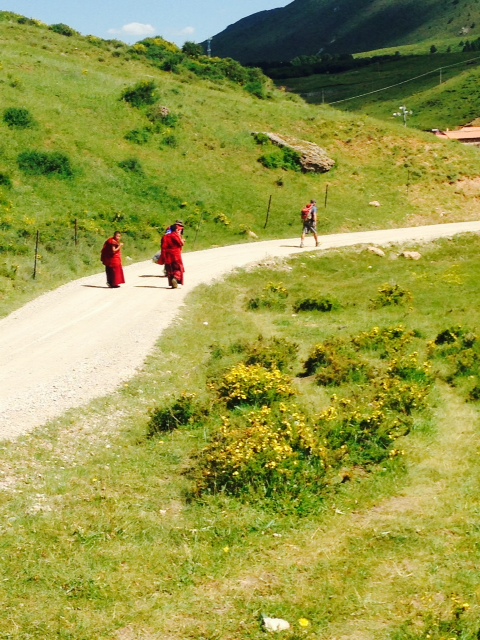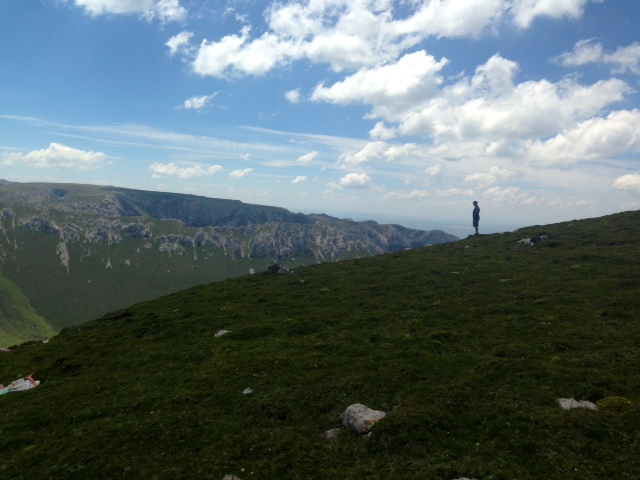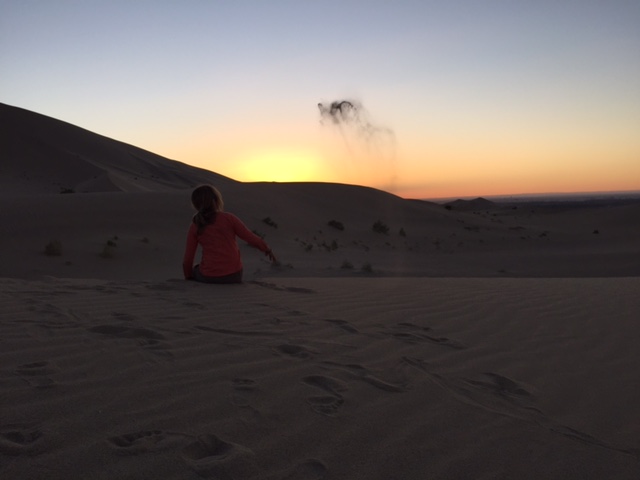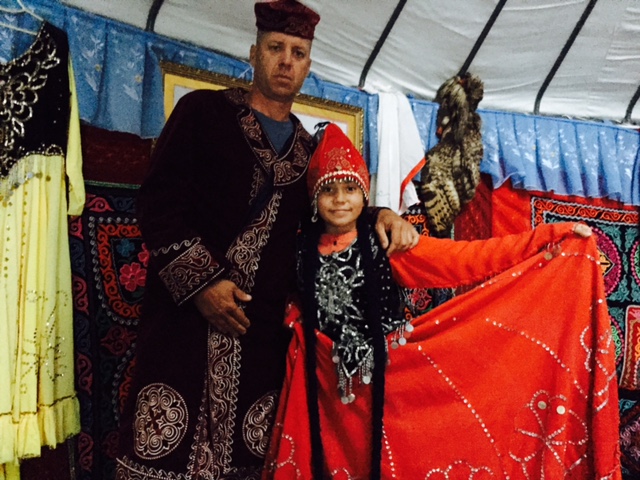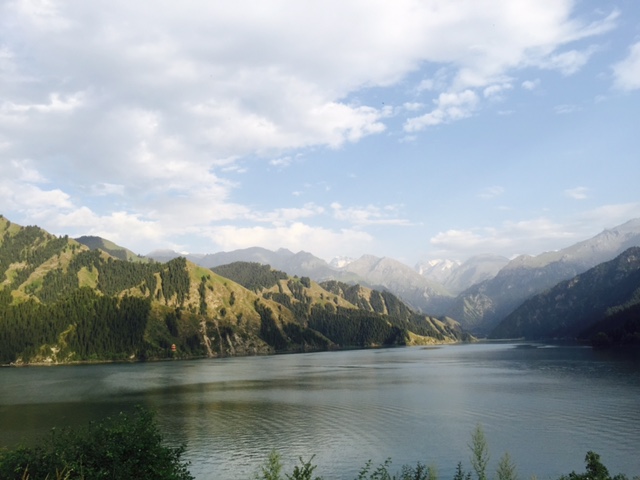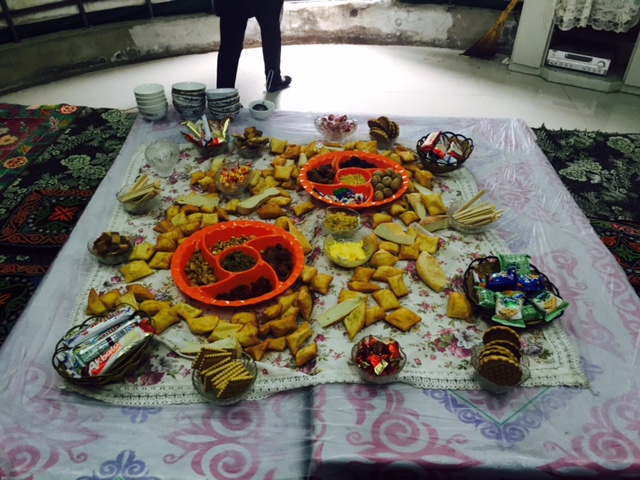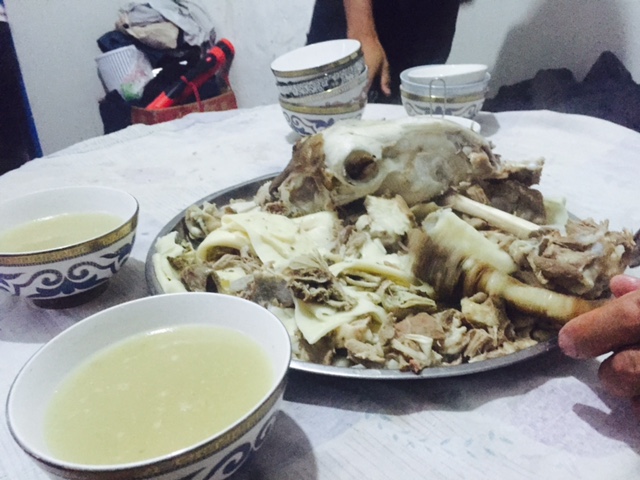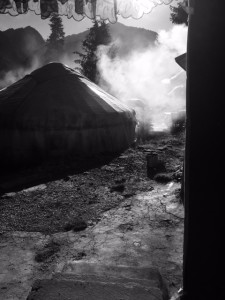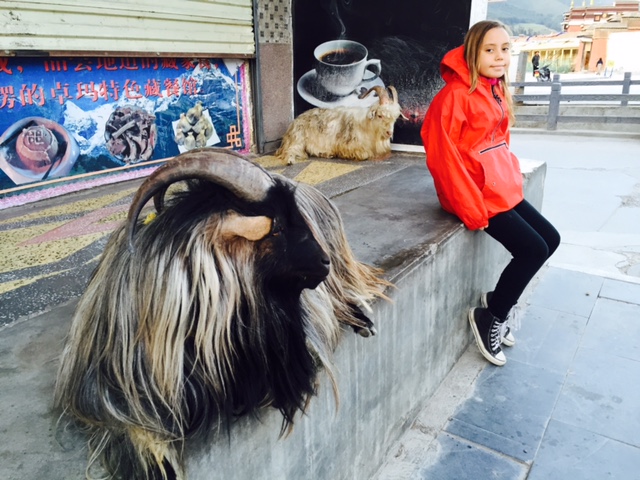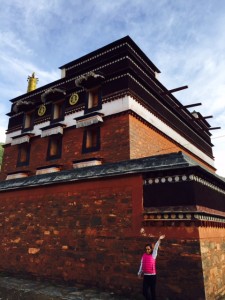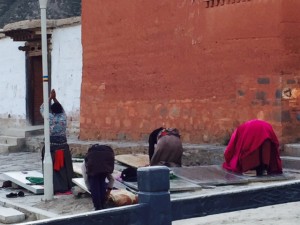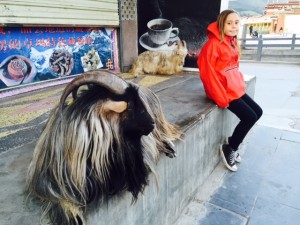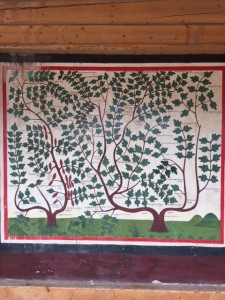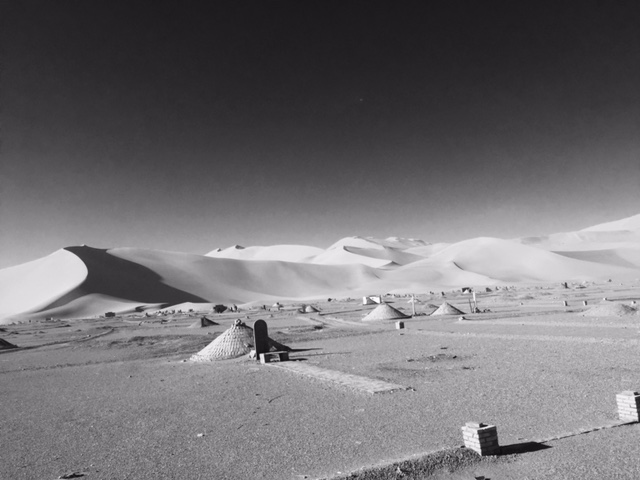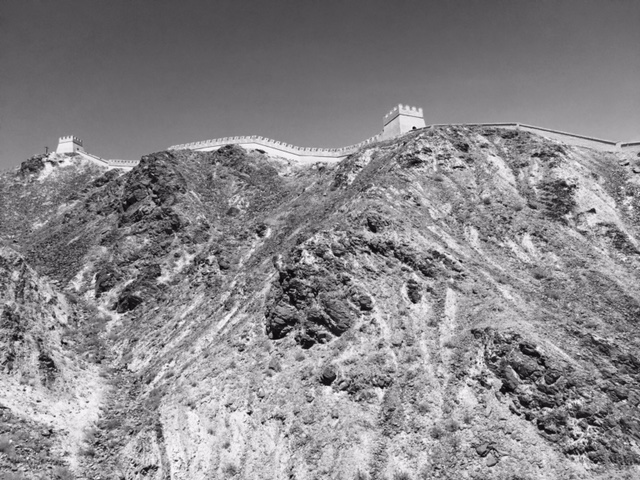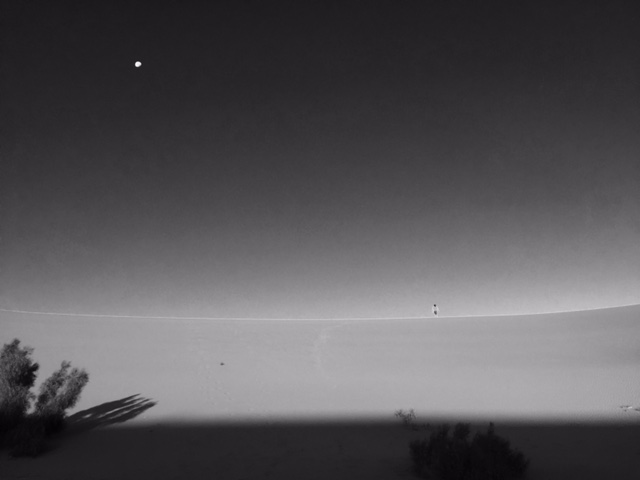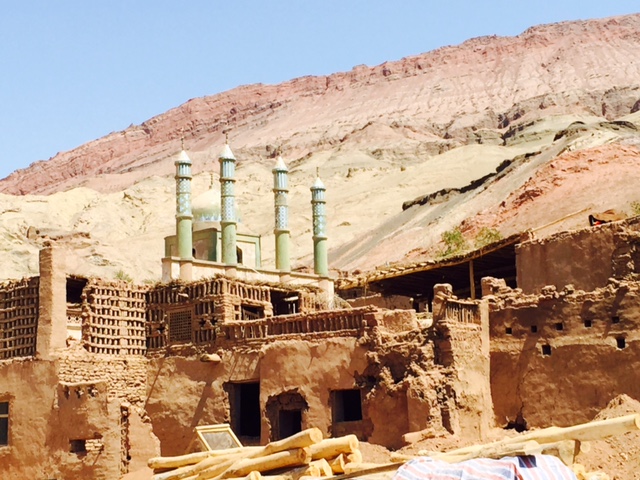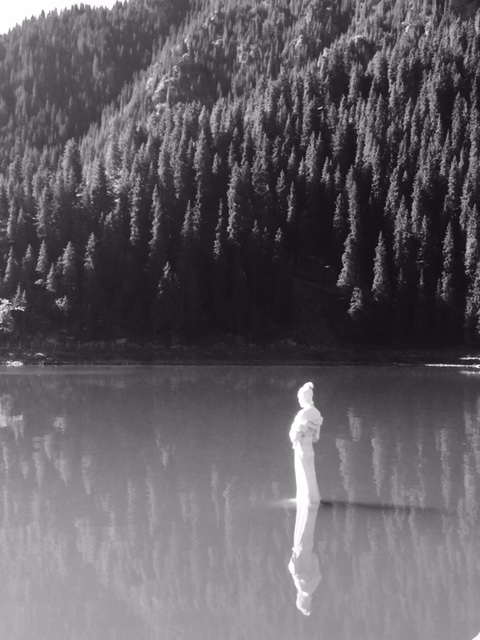(Somewhere in Iceland, Story by Steven “Blast” Halteman)
Iceland has no polar bears. But sometimes Iceland has polar bears. They, like me, are visitors. Our similarities end there.
All polar bears arriving in Iceland share a different nationality than myself. They are Greenlanders. Which is another island a long way off in the Atlantic Ocean. To be precise,186 miles away from Iceland at its narrowest separation. The separation increases significantly if you’re going up or down either coast. Upon arrival in Iceland, our receptions lie at opposite ends of the spectrum. For my part, the Icelandic welcoming has felt like my Grandmother’s warm kitchen on a January morning. Polar bears, on the other hand, are shot on sight after entering the country. Such discrepancies are worthy of discussion.
Humans first started settling down in Iceland in the Eighth Century. Polar bears have been showing up long before that. Dug up polar bear bones have been dated at 13,000 years old. Which arguably gives them seniority rights to the country. The humans in Iceland originally came from the east, primarily Scandinavia. The polar bears came from Greenland to the north and west.
But how did they get to Iceland?
Humans came by boat. Originally tracking the flight of ravens to the island. How polar bears came to Iceland is a bit of an open question. The consensus answer is a combination of icebergs and swimming.
A possible scenario. Polar bear is hanging out on some ice in eastern Greenland. The ice breaks away and flows out to sea. Polar bear either doesn’t figure out it’s on an iceberg or is content to ride along without fixed destination. After a long time, the iceberg drifts near Iceland. The very hungry polar bear spots land and swims to shore. Or its iceberg bumps into Iceland and the polar bear steps onto a different island.
Another scenario. A polar bear goes for a swim. That turns out to be very long. Their intent and level of lostness unknown. After many days, the polar bear swims up to Iceland and walks onto the beach. Is such a thing possible?
A swimming polar bear can clip along at 6.2 mph when pressed. A race no human could hope to win. If going the distance, a polar bear is capable of 200 miles of open ocean swimming. And then there are the exceptional swimmers. A Phelps like polar bear was once tracked for nine days, off the northern coast of Alaska, swimming an astonishing 427 miles without break in the process. The bear’s four inch layer of body fat keeping it toasty the entire way. So, the short answer is yes. If a Greenland based polar bear was seized with a hankering, it is capable of swimming over to Iceland. Though the iceberg scenario seems more likely.
Regardless of the means of arrival, there is one very safe assumption. When the polar bear arrives in Iceland, it is crazy hungry. And therein lies the rub. For everything that moves in Iceland is considered part of an offered buffet to the starving polar bear. Take for instance the story I read in front of a polar bear. The bear being stuffed and permanently housed in a museum on the northern coast of Iceland. The story went something like this.
One day In the late 1800s, a gentleman walked out the front door of his farm house. At about the same time, a polar bear made its appearance in the courtyard. For the sake of drama, we can assume an Icelandic oath, or two, was uttered by the gentleman. Who barely managed an escape to the barn hayloft with said polar bear in ravenous pursuit. The bear then turned its attention to the gentleman’s wife. Who equally managed a narrow escape to the house attic. The couple’s panic understandable in a country where the only native mammal is an arctic fox. Which is the size of a dachshund and perhaps not comparable to the largest land based carnivore on Earth.
Back to the gentleman in the hayloft. Hearing his wife being pursued allowed him the opportunity to flee to a nearby farm. There he gathered an avenging cavalry. Who returned to shoot the polar bear midway through its dining on the family dog.
So how often do such arrivals play out?
Well it’s not common, and it’s not uncommon. The first recorded encounter was in 890, when a hardy character spotted a mama polar bear and her two cubs strolling along an Icelandic lake. He managed to capture the threesome alive and haul them back to the king. Who gave the capturer a ship for his troubles. And so it went down through the ages.
In the 1500s, polar bears would show up and start slaughtering sheep. The villagers would try to drive them off with spears. For each bear they managed to kill, the Danish King paid the villagers a handsome ten dollars. In return, the king possessed a monopoly on the Icelandic polar bear skin trade.
In the 19th Century, a polar bear was spotted swimming off the coast of Iceland. A hardy character (Iceland is necessarily full of them), called for volunteers to slay the beast. Suddenly, the entire village was fascinated by the ground around their shoes. Probably some more Icelandic oaths were uttered, as the character headed out solo in a rowboat. After a long battle of wills, the individual was able to overtake the polar bear and kill it. Then somehow he dragged the dead bear out of the sea and into his rowboat. No little feat, as polar bears can weigh up to 1200 pounds. His follow-up safe return to the village ensuring a lifetime of hero worship.
Back to the short question, followed by a long answer without answer. There have been around 600 sightings of polar bears in Iceland since the 8th Century. Scholars believe much of these are repeat sightings, and that the more accurate figure is around 300 sightings in the last 1100 years. So it does happen. Just not enough for Icelanders to be constantly looking over their shoulder. Though perhaps there is a need for that. As multiple human fatalities have occurred in Iceland when a visiting polar bear was successful in its hunt.
So what can Iceland do?
The polar bears continue to arrive. The last sighting/polar bear shooting was in 2016. Which was the first sighting/shooting since 2010. Thus the problem continues. Its solution complicated.
The law until 1994, was that polar bears on Icelandic land, or in Icelandic waters, were shot on sight. In 1994, the law was altered. Polar bears on land still receive a death sentence. Bears at sea are left alone. Though a polar bear drifting endlessly on a melting iceberg in the Atlantic is surely doomed.
Conservationists raise the legitimate question. Why not tranquilize the polar bear and send it back to Greenland? Where it could tell the others the trip wasn’t worth it. Or send the bear off to some zoo. Iceland’s response is basically, “We tried.” Greenland was approached. But with a few thousand polar bears in residence, compared to 56,000 residents, Greenland’s answer translated from diplomatese was, “No thanks, you keep ‘em.” An answer the Icelanders were probably happy to receive, as the return would have cost a couple hundred thousand dollars.
And the zoo option? In 2008, an arriving polar bear, the second of the year, was shot with a tranquilizer dart by the Icelandic authorities. The intent was to ship the uninvited bear to the Copenhagen zoo. But the polar bear wanted no part of the plan. It shrugged off the dart and headed back to the sea. A bullet replaced the dart and that was the end of the zoo plan.
Which brings us to the future and certainty. Polar bears will continue to arrive in Iceland. They will continue to be killed upon discovery by humans. And even if not discovered, a polar bear cannot make a go of it in Iceland, as the food and ice resources for its survival don’t sufficiently exist. So the options are instant death or slow starvation. And an ultimate fate of ending up stuffed in the nearest town museum. With a placard underneath explaining that fate and how it came to be. Definitely not the temporary to permanent transition any immigrant would wish for.

